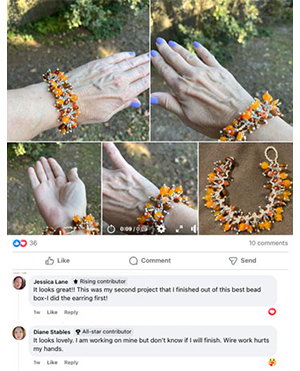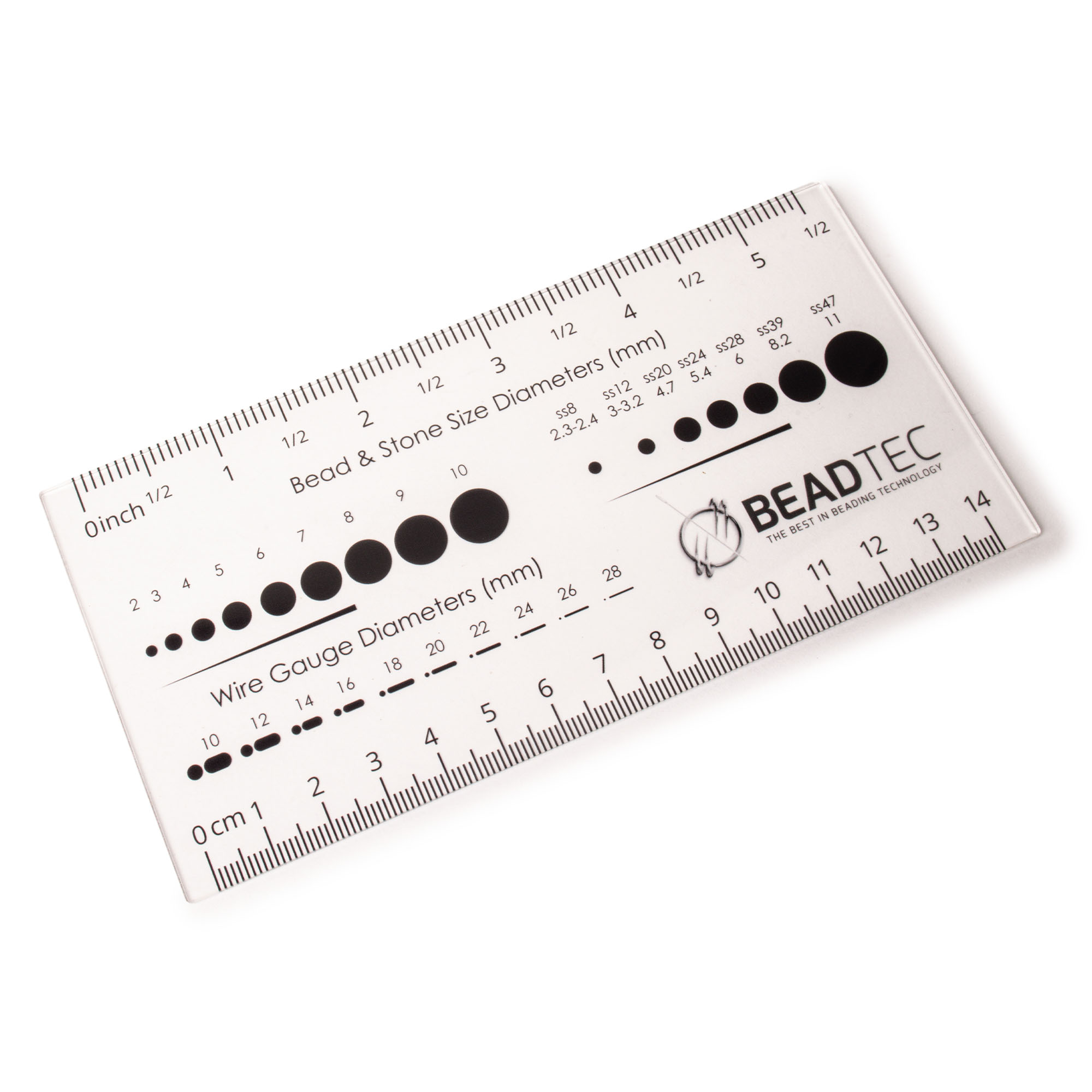- Jewelry-Making Supplies ▾
Design Jewelry with Confidence!
Seed Beads
Thread, Wire, & Stringing Materials
Athenacast Findings & Components
Everything Else
- Kits & Collections ▾
Assemble Your World
Kits & Collections
- Subscriptions ▾
Want monthly Beading Happiness?
Subscriptions
- Learn to Make ▾
Want to learn more?
- Discounts & Deals ▾
Explore Today's Promotions!
- Jewelry-Making Supplies
- Kits & Collections
- Subscriptions
- Learn to Make
- Discounts & Deals
-
Seed Beads
Thread, Wire, & Stringing Materials
Findings & Components
Everything Else
-
Kits & Collections
-
Subscriptions
- Home
- How to Make Jewelry
- Better Beader Episodes
- Beadweaving Stitches: RAW, CRAW &…
Beadweaving Stitches: RAW, CRAW & PRAW Explained

Watch the Video Tutorial
Watch the Video Tutorial
Need Any Extra Materials?
Need Any Extra Materials?
Need Any Extra Materials?
Need Any Extra Materials?
Episode Transcript
Episode Transcript
Introduction
Beadweaving is a fascinating technique that allows you to create intricate and beautiful jewelry designs using a variety of stitches. In this Better Beader episode from Potomac Beads, we'll explore three essential beadweaving stitches: Right Angle Weave (RAW), Cubic Right Angle Weave (CRAW), and Prismatic Right Angle Weave (PRAW). Whether you're a beginner or an experienced beader, understanding these stitches will open up a world of possibilities for your beading projects.
Materials Needed
- Beading thread (e.g., Fireline, Wildfire, or One-G)
- Beading needle (size 10 or 12)
- Scissors
- Beads for RAW, CRAW, and PRAW (size 11/0 or 8/0 seed beads, fire-polished beads, or crystals)
- Beading mat or board
Step-by-Step Tutorial
Right Angle Weave (RAW)
- Thread your needle with beading thread and pick up four beads.
- Pass through the first bead again to form a circle, leaving a short tail.
- Pick up three beads and pass through the last bead from the previous step.
- Continue adding sets of three beads, connecting each new set to the previous one by passing through the last bead.
- To create additional rows, pick up three beads and pass through the shared bead from the previous row.
- Repeat this process, connecting each new set of beads to the previous row, until you reach your desired length.
Cubic Right Angle Weave (CRAW)
- Start with a basic RAW unit (four beads connected in a circle).
- Pick up three beads and pass through the bottom bead of the previous unit.
- Pick up two beads and pass through the next bead in the previous unit.
- Pick up one bead and pass through the next bead in the previous unit.
- Pass through the first bead added in this step to complete the CRAW unit.
- Continue adding CRAW units, connecting each new unit to the previous one by passing through shared beads.
Prismatic Right Angle Weave (PRAW)
- Create a basic RAW unit (four beads connected in a circle).
- Pick up three beads and pass through the bottom bead of the previous unit.
- Pick up two beads and pass through the next bead in the previous unit.
- Pick up one bead and pass through the next two beads in the previous unit.
- Pass through the first bead added in this step to complete the PRAW unit.
- Continue adding PRAW units, connecting each new unit to the previous one by passing through shared beads.
Customization Ideas & Inspiration
Once you've mastered the basic RAW, CRAW, and PRAW stitches, you can start exploring different variations and customization options:
- Experiment with different bead sizes, shapes, and colors to create unique designs.
- Combine multiple stitches within a single project for added visual interest and texture.
- Create three-dimensional shapes, such as cubes or prisms, by connecting multiple units together.
- Incorporate embellishments, like crystals or charms, to personalize your beadwoven pieces.
Conclusion
Beadweaving with RAW, CRAW, and PRAW stitches offers endless possibilities for creating stunning jewelry pieces. By following the step-by-step instructions and experimenting with different variations, you'll be well on your way to mastering these essential beadweaving techniques. Don't forget to share your creations and ask any questions you may have in the comments below. Happy beading!
Join Our Growing Community
Join Our Growing Community




Our Testimonials
Our Testimonials
- 56097 (83.8%)
- 4821 (11.3%)
- 3303 (4.2%)
- 233 (0.5%)
- 125 (0.3%)
- Favorite Reviews
- Highest to Lowest
- Newest to Oldest
- All Ratings
- 5 ★ Reviews
- 4 ★ Reviews
- 3 ★ Reviews
- 2 ★ Reviews
- 1 ★ Reviews
Loading...
Only Visible on Admin Mode
Item Description
Designer's Material List
Project Steps
Highest Quality
Products
100% Money
Back Guarantee
Fast
Shipping
Best Teaching &
Customer Service
You'll want these emails...
Get Free Projects & Inspiration
Get Free Projects & Inspiration
- Bullet 1
- Bullet 2
- Bullet 3
Copyright © PotomacBeads









